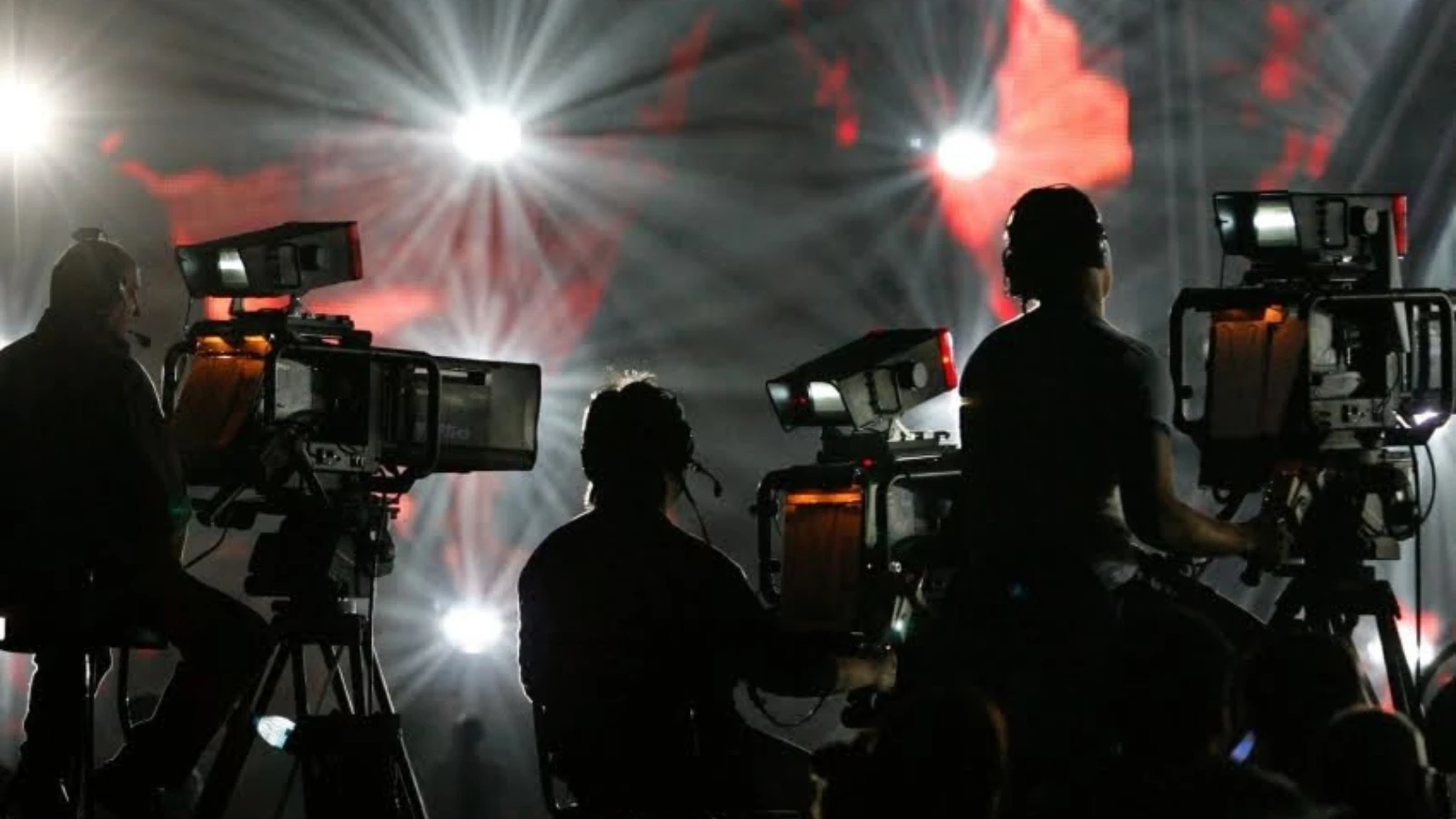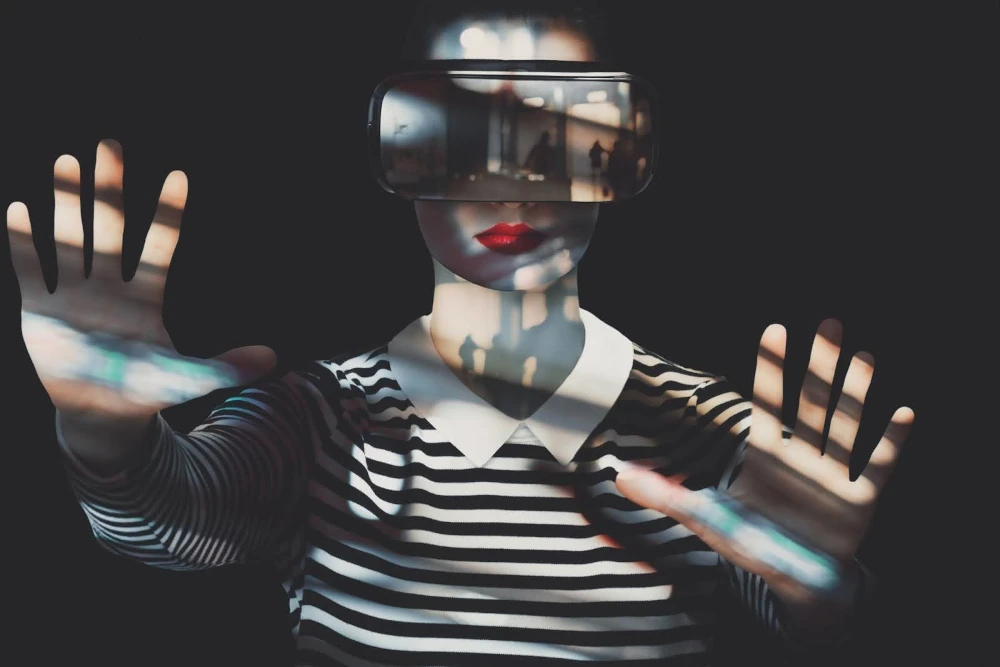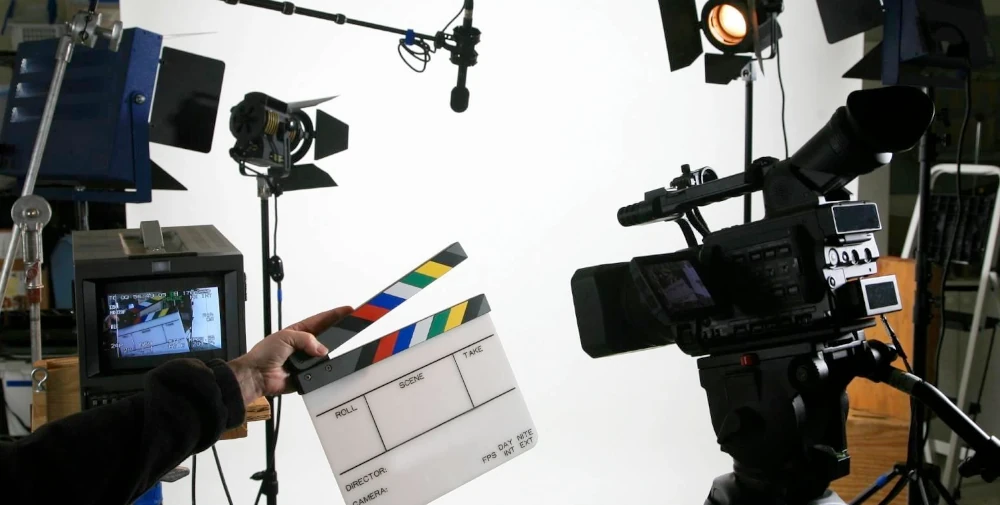
The Impact of Digital Tools on Modern Filmmaking
The movie-making process has been totally revolutionized by digital filmmaking tools. This single phenomenon restructures practically the entire movie industry, from production to exhibition right up to consumption.
Modern filmmaking operates in many disciplines where art and technology come together. Traditionally, filmmaking was highly specialized, involving very complex and expensive equipment from film cameras, lights, recording machines, and what sort of editing? It usually meant big budgets and crews, with each step requiring many people’s input.
Digital tools today have made the technical implementation of filmmaking easier to access, allowing for new forms of creativity. Filmmakers can experiment with different approaches, working with smaller crews or completely by themselves because of the affordability and flexibility of digital tools.
Digital Tools Impact on Filmmaking
-
Lower Production Costs
Introducing some of the most modern and widely acclaimed digital cameras in the market like RED or Arri Alexa. Unlike the traditional film cameras which are prohibitively expensive, independent filmmakers can now make high-quality content at comparatively low budgets.
Editing Software: All such programs as Adobe Premiere Pro, Final Cut Pro, and Avid Media Composer affordably or easily enable the editing process. Gone are the days when expensive film reels needed to be relied on, and the post-production flow speeded up.
-
Improved Accessibility
Democratization of filmmaking has happened through digitalization. Today, anyone who has a good camera and editing software can shoot and create films and share them with the whole world. This phenomenon has produced the possibility of incorporating many more voices and stories into the film industry, giving nurture to many more types of genres and new kinds of storytelling (web series, short films, and so on). Anyone can now begin filmmaking practice with basic tools and an internet connection.
-
Visual Effects (VFX) & CGI
However, with the advent of digital tools, the methodology of production has completely changed, making it easier and inexpensive to create beautiful-looking images. So now filmmakers can tell and show what was never before conceived or too expensive to conceive. Examples include Avatar and The Matrix, which have now broken new ground in creating worlds with VFX and digital tools. Strong production design plays a vital role in bringing such immersive digital environments to life.
In light of this, one can easily access VFX with programs such as Autodesk Maya, Blender, and Houdini. The progress in AI-driven tools to automate a part of the VFX pipeline has also advanced the speed of production processes.
-
Faster Post Production
The efficiency of post-production processes, such as color grading and sound design has been improved by digital tools. Programs such as DaVinci Resolve allow for sophisticated color correction, and tools such as Pro Tools give sound editors vast control over shaping the audio atmosphere.
Since the editing of digital files is an in-house process, these new technologies have greatly contributed to speeding up the editing stage and thus minimizing the production time.
-
Filmmaking in the Cloud
With cloud editing and production tools, filmmakers can work from anywhere. Teams from across the globe can now work together on the same project at the same time, thus facilitating film production notwithstanding the geographical distance.
With the cloud, better management of large media files is accomplished, and backup redundancy is ensured.
-
Virtual Production
Instead of going to the actual locations, the filmmakers can construct the photoreal environments and have them displayed on huge, high-definition screens for use to film indoors with fewer and more manageable logistical requirements. Virtual production is a highly effective technical innovation, particularly displayed in Disney’s exemplification of The Mandalorian.
-
Distribution and Streaming
The rise of streaming services such as Netflix, Amazon Prime, and YouTube has changed the very way in which films are distributed and consumed. It means filmmakers can effectively bypass the traditional distribution channels of cinemas and television networks and directly release content to a global audience.
Digital tools promote the conception of niche content for platforms like series, interactive storytelling, and documentaries.
Best Examples of Digital Tools Used in Filmmaking
- Digital Cameras – RED Cameras, Arri Alexa
- Editing Software – Adobe Premiere Pro, Final Cut Pro, Avid Media Composer
- VFX Software – Autodesk Maya, Blender, Adobe After Effects
- Color Grading Software – DaVinci Resolve
- Virtual Production Tools – Unreal Engine, Stagecraft
- Sound Design Software – Avid Pro Tools, Adobe Audition
The Future of Digital Tools in Filmmaking
Digitization tools will certainly give the most serious transformations to the film industry in the near future. With artificial intelligence advances, the production process can be automated through scriptwriting, editing, or CGI generation, leaving filmmakers more room to concentrate on creative processes. Further, interestingly enough, AI may even help analyze data to assess how projects would turn out in terms of success.
When it comes to enhancing filmmaking into interactive experiences, the application of immersive technologies such as virtual reality and augmented reality allows audiences new forms of interactivity with narratives. They will disappear in the gray zone between cinema and gaming to form storytelling that is flexible and interactive.
With advances in digital technology, filmmaking will see a more democratic forum wherein varied voices can reach audiences easily around the globe.

Conclusion
The digital revolution has altered the filmmaking landscape so much that today, one can think of a film as cheap, easily done, and creative. Portable video equipment gave way to low-budget filmmaking, while computer-generated imagery became a part of other’s shoot; from that first digital film festival onward, digital distribution and exhibition would set in motion new modes for filmmakers to reach their audience and fulfill their vision.
The above tools are vital for filmmakers to keep up with the fast-paced outside world while always being able to provide a high standard of output. Technology might provoke even more excitement for the future, posing new potential methods of storytelling and innovations. Digital tools have made a mark, and they will lead the way for a new cinema, giving a chance for both senior and soon-to-be filmmakers to produce something groundbreaking.
Frequently Asked Questions
What are the various benefits of using digital tools in filmmaking?
Because of the lowered cost of production, the speedy editing of images, and greater distribution of resources, filmmaking has become more efficient and creative at lower budgets due to the digital tools available in the industry.
How has VFX changed with digital tools?
Digital tools such as Adobe After Effects and Autodesk Maya have allowed filmmakers to produce impressive visual effects on a lower budget, changing the landscape of genres such as sci-fi and fantasy.
Can independent filmmakers afford high-quality digital tools?
Certainly, with current digital cameras and editing software being quite affordable, independent filmmakers can film and post high-quality work online without the need for a giant studio paycheck.
What role does digital distribution play?
Digital platforms like Netflix and YouTube provide scope for filmmakers to distribute their films internationally without depending on traditional resources such as physical distribution.

